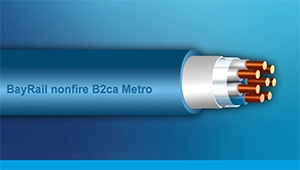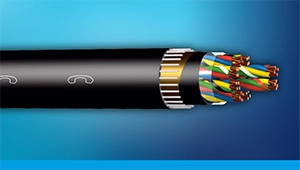Design of Flame-Retardant Signalling Cables
Copper Telecommunication Cable – an Extraordinarily Durable Product
Physical and Electrical Characteristics of Filled Signalling Cables
Legislation and Norms
- EMV direction of the EU (2004/108/EG) from the 15th December 2004 is in force and has to be observed. The handling with fixed plants is being prescribed. In the case of a failure the operator of the plant is made responsible. Furthermore, minimal interference resistance requirements are being defined.
- EMC directive 2014/30/EU of the European Parliament and the council of the 26th February in 2014 about the harmonisation of legislation directives of the member states on electromagnetic compatibilty, valid from the 20th April 2016.
- DIN EN 50310 VDE 0800-2-310:2011-05 implementation for measures regarding grounding and equipotential bonding in buildings with equipment of information technology (Germany version EN 50310:2010)
- DIN EN 50160 characteristics of voltage in public electricity supply networks DIN EN 61000-4-30 VDE 0847-4-30:2004-01 electromagnetic compatibility (EMC)
There are no limit values within the legislation or norms so the operator or planner is left out in the rain during the implementation. Concrete specifications or implementation rules are missing.



